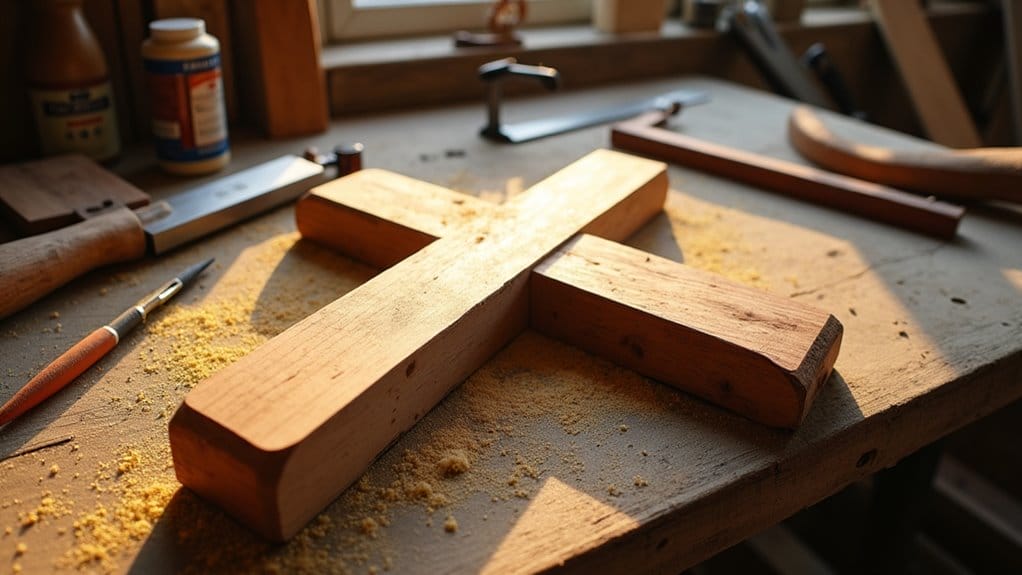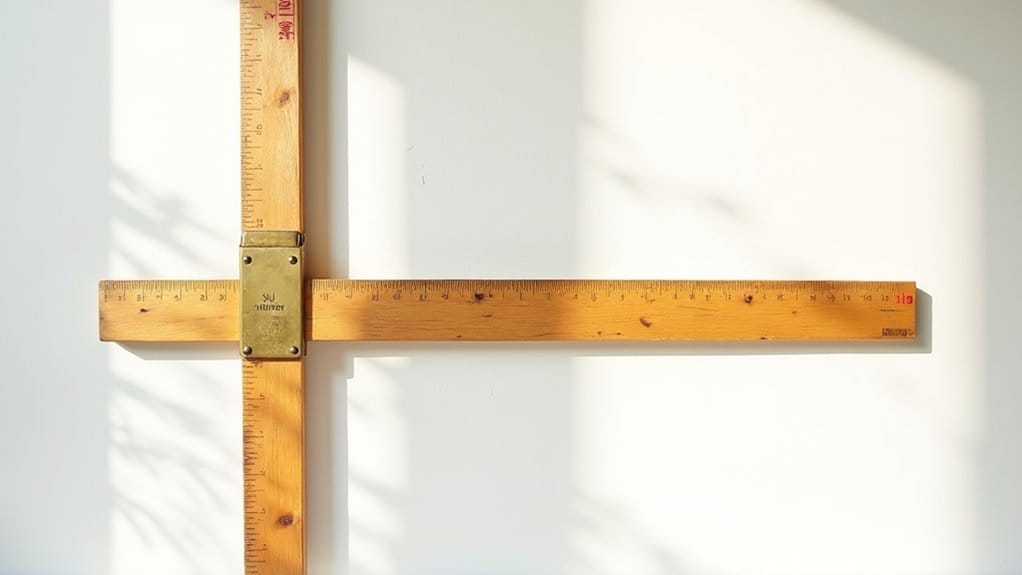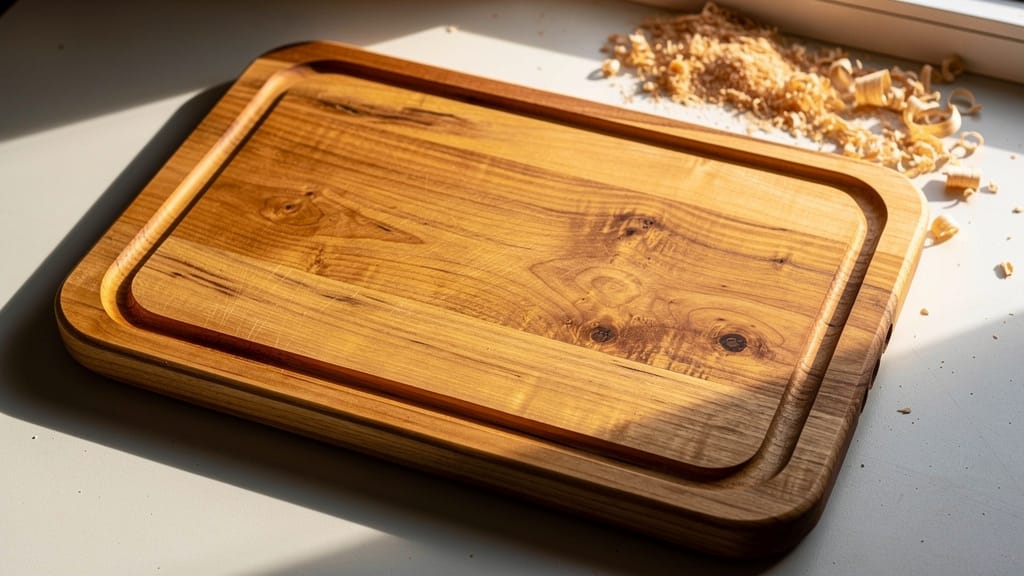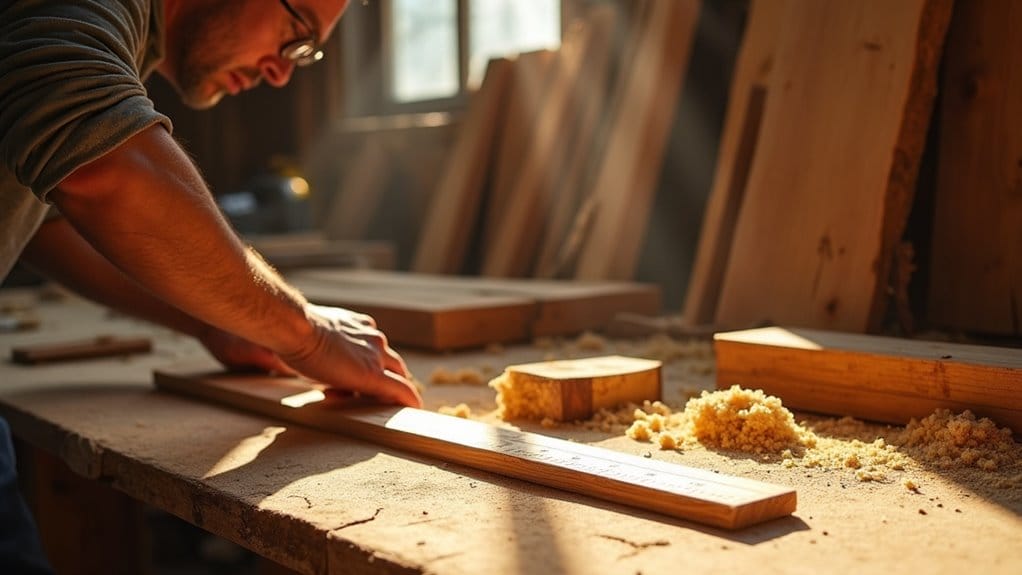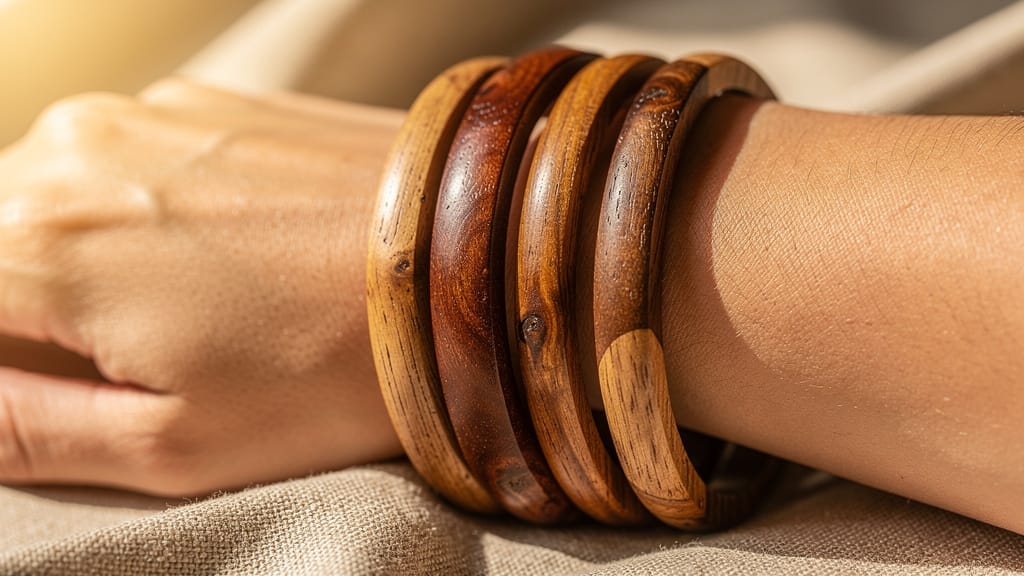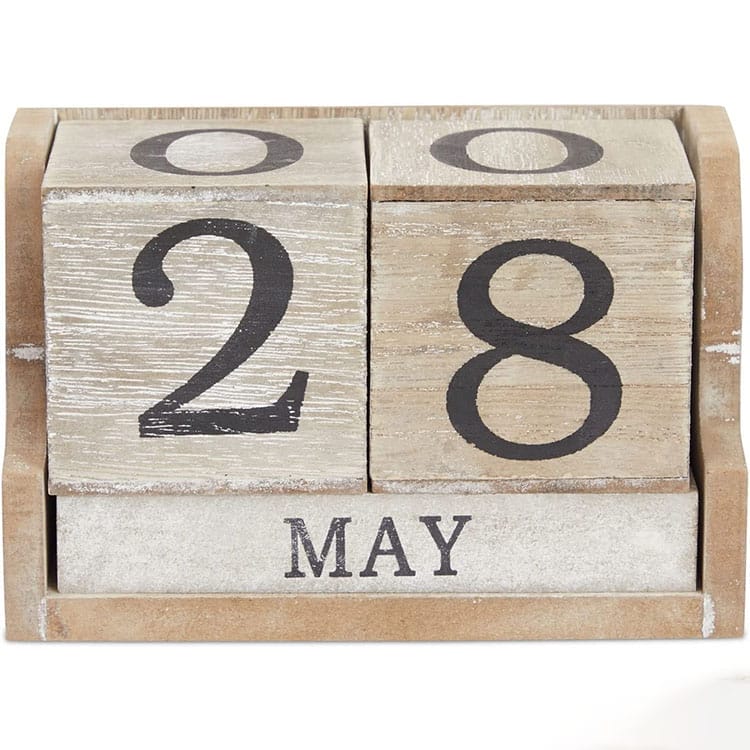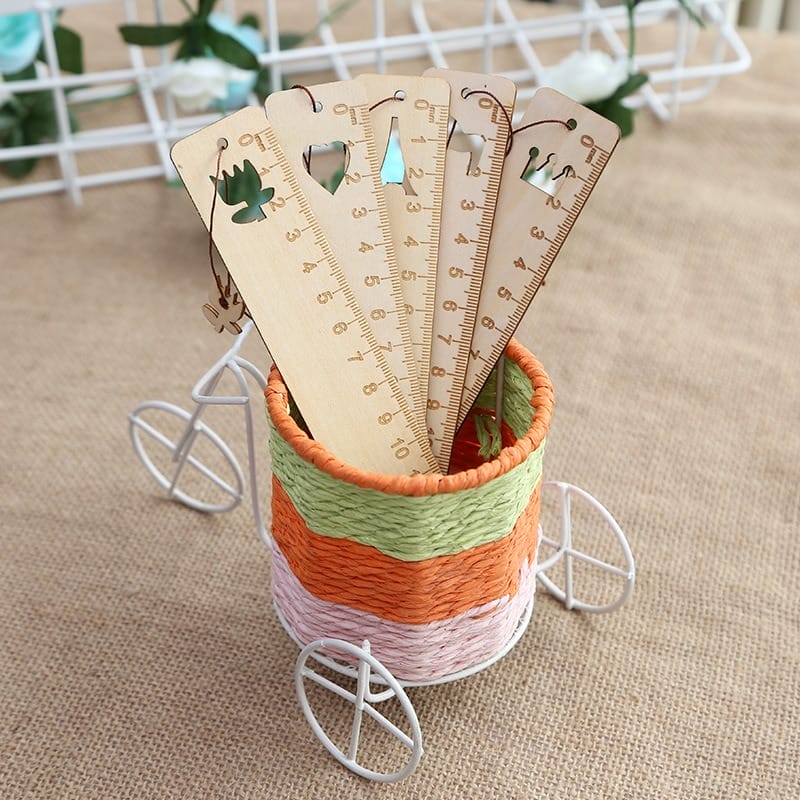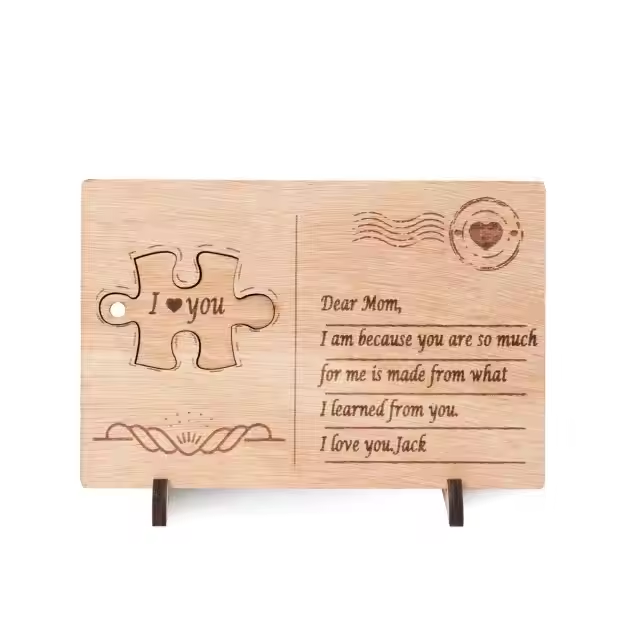Do you want to learn how to sanitize a wooden cutting board at home? First, wash it with warm soapy water to clean and sanitize. Next, use a quaternary ammonium-based sanitizer for the best results. Do not put your cutting board in the dishwasher. Dry it right away to protect the wood. Cleaning and sanitizing help keep your kitchen healthy.
Key Takeaways
- Always wash your wooden cutting board with hot, soapy water after you use it. Disinfect it after you cut raw meat to kill bad germs.
- Dry your board right away and stand it up in a dry place. This stops it from bending, breaking, or growing bacteria.
- Take care of your board by putting food-grade mineral oil or beeswax on it often. This keeps the wood strong and safe for making food.
Why Sanitize Your Cutting Board

Health Risks
You might not see it, but a wood board can hide a lot of germs. When you use your chopping board for raw meat, bacteria like Salmonella, E. coli, and Listeria can stick to the surface. These germs can cause foodborne illness if you do not clean the board well. Some bacteria, like Staphylococcus aureus and Pseudomonas aeruginosa, also show up on unsanitized boards.
If your board has deep grooves or cracks, bacteria growth gets worse because germs hide in those spots. Moisture trapped in the wood makes it even easier for bacteria to survive. If you skip cleaning and sanitizing, you risk spreading illness to your family.
Tip: Always check your wood cutting board for splits or deep cuts. Replace it if you see damage that is hard to clean.
Food Safety
Keeping your wood board clean is a big part of food safety. Cross-contamination happens when you use the same board for raw meat and then for veggies or bread without cleaning it first. This can spread bacteria and cause foodborne illness.
You should always use separate boards for raw meat and other foods. Cleaning and sanitizing after every use helps stop germs from spreading.
If you want the best wood chopping board safety, wash with soap and hot water, then sanitize with a safe solution. Dry the board right away to stop bacteria growth. Good cleaning habits keep your kitchen safe and your meals healthy.
| Cutting Board Type | Bacteria Risk | Cleaning Needs | Food Safety Tip |
|---|---|---|---|
| Wood (Maple, etc.) | Can hide germs in grooves | Needs regular oiling and drying | Replace if cracked or split |
| Plastic | Easier to sanitize, but knife marks can trap germs | Dishwasher safe | Replace when deep cuts appear |
How to Sanitize a Wooden Cutting Board

What You Need
Before you start, gather these supplies to clean and sanitize your wood board:
- Mild dish soap
- Hot water
- White vinegar or hydrogen peroxide
- Liquid chlorine bleach (unscented)
- Fresh lemon
- Coarse salt
- Baking soda
- Food-grade mineral oil or beeswax-based cream
- Clean towels or paper towels
You probably have most of these items in your kitchen already. Each one helps you keep your cutting board germ free and safe for food prep.
Clean a Chopping Board
Start by removing any leftover food or crumbs from your wood board. Use a bench scraper or spatula for this step. Rinse the board under warm running water to get rid of loose debris.
Wash both sides with hot water and a few drops of mild dish soap. Scrub all surfaces, including the edges and any grooves.
Avoid soaking the board or putting it in the dishwasher. Too much water or heat can warp or crack the wood. After washing, rinse the board well to remove all soap.
Tip: Never put your wood cutting board in the dishwasher. The rapid wetting and drying cycles can damage the wood and shorten its life.
If you see stains or smell odors, sprinkle baking soda over the surface. Cut a lemon in half and use it to scrub the board. The baking soda acts as a gentle abrasive, while the lemon juice helps neutralize odors. Let the mixture sit for five to ten minutes. Rinse thoroughly with warm water and dry with a clean towel.
How to Disinfect a Wooden Cutting Board
After you clean and sanitize the board, you need to disinfect a wood cutting board to kill any lingering germs. You have a few safe options:
- Bleach Solution: Mix 1 teaspoon of liquid chlorine bleach with 1 quart of water. Flood the surface of the board with this solution. Let it stand for five minutes. Rinse well with hot water and dry.
- White Vinegar or Hydrogen Peroxide: Spray the board with white vinegar (1 part vinegar to 5 parts water) or 3% hydrogen peroxide. Let it sit for a few minutes. Rinse with hot water and dry. Do not mix vinegar and hydrogen peroxide together. Use them one after the other if you want extra cleaning power.
- Natural Deodorizing: For routine cleaning, sprinkle coarse salt on the board and scrub with half a lemon. This method removes odors and some bacteria, but it does not replace full sanitizing after raw meat or poultry.
You should disinfect the board after cutting raw meat, poultry, or fish. For daily use, vinegar or hydrogen peroxide works well. For deep cleaning, use bleach every few months.
Note: Always rinse and dry your board after using any disinfectant. This keeps your food safe and your board in good shape.
Dry and Store
Drying is just as important as cleaning and sanitizing. Use a clean towel to remove as much moisture as possible. Stand the board upright on its edge or place it in a rack. This allows air to circulate and helps the board dry evenly.
Never store a damp board flat or stack it with others. Moisture trapped in the wood can cause warping, cracking, or mold.
Store your wooden board in a dry, well-ventilated area. Keep it away from heat sources and damp spots. Regularly rub food-grade mineral oil or beeswax-based cream into the wood. This step keeps the board from drying out and cracking. Additionally, make sure to clean the board after each use with mild soap and warm water, avoiding prolonged soaking. To ensure longevity, always follow proper care guidelines on how to maintain wood cutting boards, such as avoiding dishwashers and direct sunlight. Regular maintenance will not only preserve the integrity of the wood but also help keep your food preparation safe and hygienic.
Keeping your board dry and oiled helps it last longer and stay safe for food prep.
Here’s a quick reference table for how to sanitize a wooden cutting board:
| Step | What to Do | How Often |
|---|---|---|
| Clean | Wash with hot, soapy water. Scrub all surfaces. Rinse and towel dry. | After every use |
| Deodorize | Scrub with baking soda and lemon. Rinse and dry. | As needed |
| Disinfect | Use bleach solution, white vinegar, or hydrogen peroxide. Rinse and dry. | After raw meat or monthly |
| Oil | Rub with food-grade mineral oil or beeswax cream. | Monthly or when dry |
| Store | Stand upright in a dry, ventilated area. | Always |
If you follow these steps, you will know how to sanitize a wooden board and keep it clean and safe. Cleaning and sanitizing your board after each use, especially after raw meat, helps prevent bacteria and cross-contamination. Drying and storing your board the right way keeps it in top shape for years.
How to Care for Wood Cutting Boards

Maintenance Tips
You want your board to last for years, right? Good news—taking care of it is simple. After every use, wash your board with hot, soapy water. Always sanitize after cutting raw meat, poultry, or seafood. Food safety experts say you should sanitize your board after each use with these foods and at least once a day, even if you haven’t used it, to stop bacteria and mold.
Oiling your board keeps it from drying out and cracking. Use food-grade mineral oil, beeswax, or fractionated coconut oil. These oils protect the wood and help block water and bacteria. Avoid olive or vegetable oils because they can go rancid. For best results, oil your board once a month or more often if you use it a lot.
Here are some quick tips to care for your boards:
- Never put your board in the dishwasher.
- Dry it upright after washing.
- Don’t soak it in water.
- Use separate boards for raw meat and veggies.
- Reapply oil regularly.
Tip: Regular oiling keeps your cutting board smooth and helps prevent bacteria from hiding in cracks.
When to Replace
Sometimes, even the best cleaning and oiling can’t save a board. Watch for these signs that it’s time to replace your wood board:
- Deep grooves or cuts that you can’t sand smooth.
- Cracks or splits that trap food and germs.
- Warping or a board that won’t lay flat.
- Mold stains or odors that don’t go away after cleaning.
- Splinters or rough spots that won’t smooth out.
A well-cared-for cutting board can last for many years. If you see any of these problems, it’s safer to get a new one.
You can keep your kitchen safe when you clean and sanitize your wooden cutting board the right way.
- Wash with hot soapy water.
- Disinfect after raw meat.
- Dry and oil often.
Regular care stops bacteria from hiding in grooves and keeps your food prep area healthy.
Final Words
In summary, properly cleaning a wooden cutting board is essential for maintaining a safe and healthy kitchen. Always wash it with hot, soapy water after each use and disinfect it thoroughly, especially after handling raw meat, poultry, or fish. Dry the board immediately and store it upright in a well-ventilated area to prevent moisture buildup and bacterial growth. These habits help stop germs from spreading and keep your food prep area clean.
Regularly applying food-grade mineral oil or beeswax keeps the wood conditioned and prevents cracking. By taking good care of your board, you ensure it stays durable and hygienic for years to come. Following these simple steps reduces the risk of foodborne illness and helps your cutting board last longer.
FAQ
How often should you sanitize your wooden cutting board?
You should sanitize your board after cutting raw meat or fish. For daily use, clean it after every use. This keeps your board safe and fresh.
Can you use vinegar instead of bleach to disinfect?
Yes, you can use white vinegar. Spray it on the board and let it sit for a few minutes. Vinegar helps kill germs and remove odors.
What oil is best for wooden cutting boards?
Use food-grade mineral oil or beeswax. These oils protect the wood and keep it from drying out. Avoid cooking oils—they can turn sticky or go rancid.
Tip: Oil your board once a month for best results! 🪵✨










